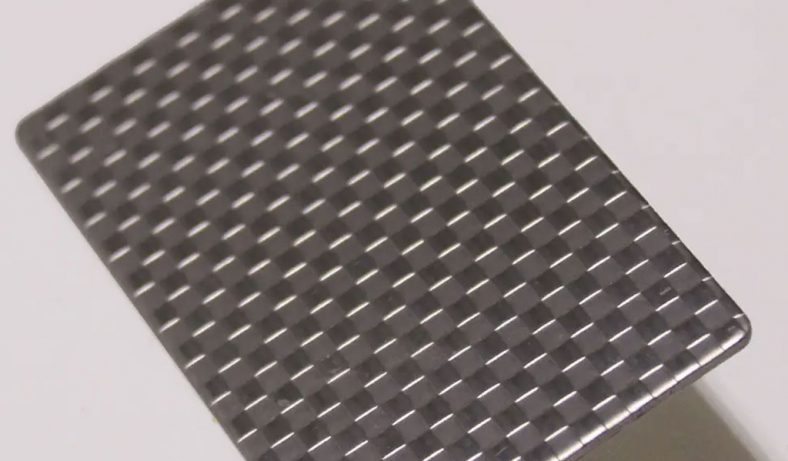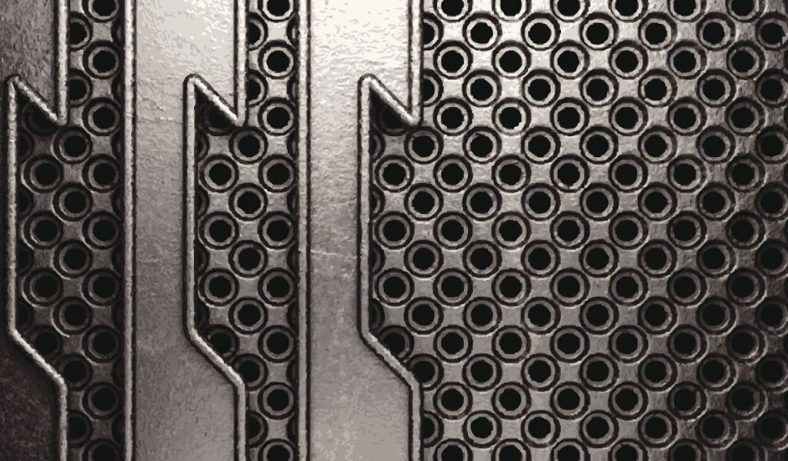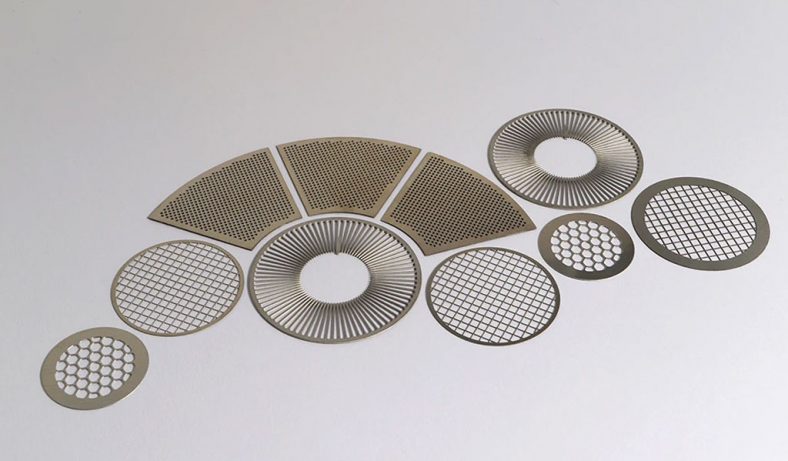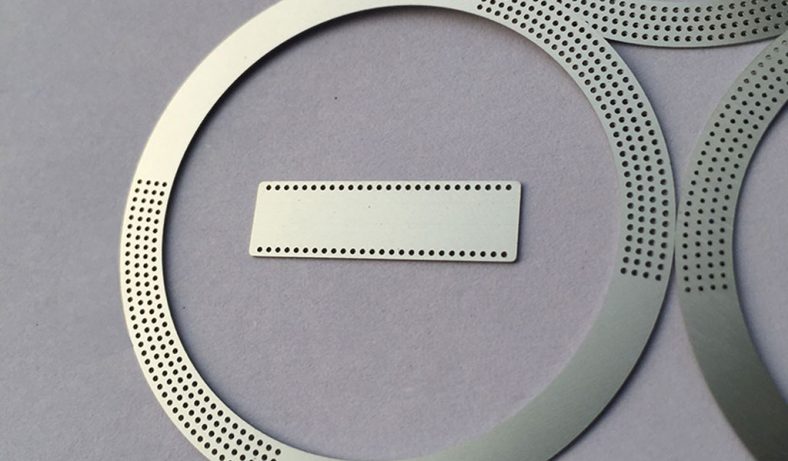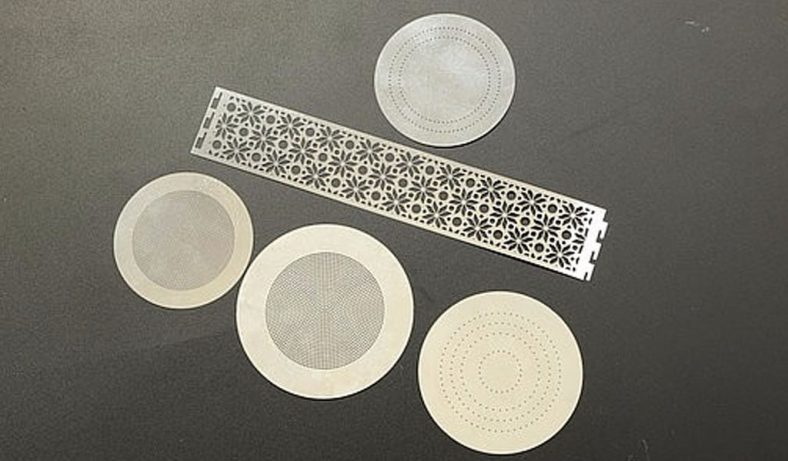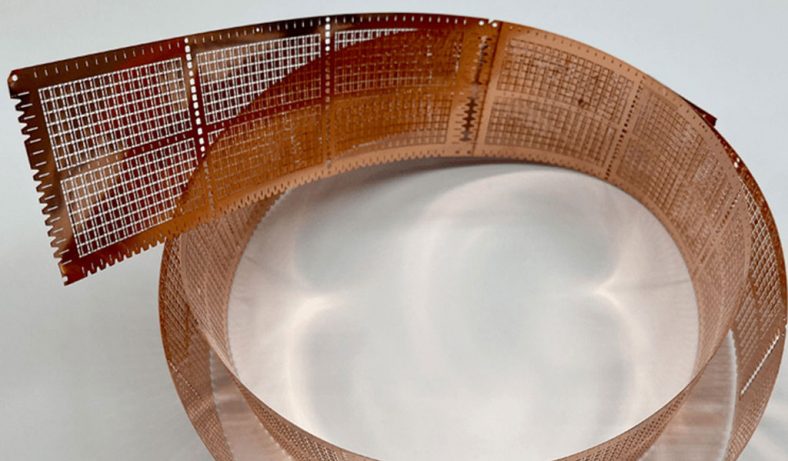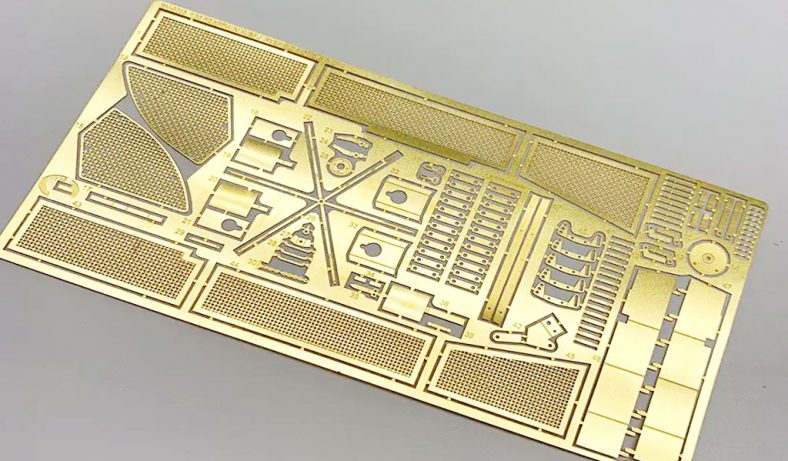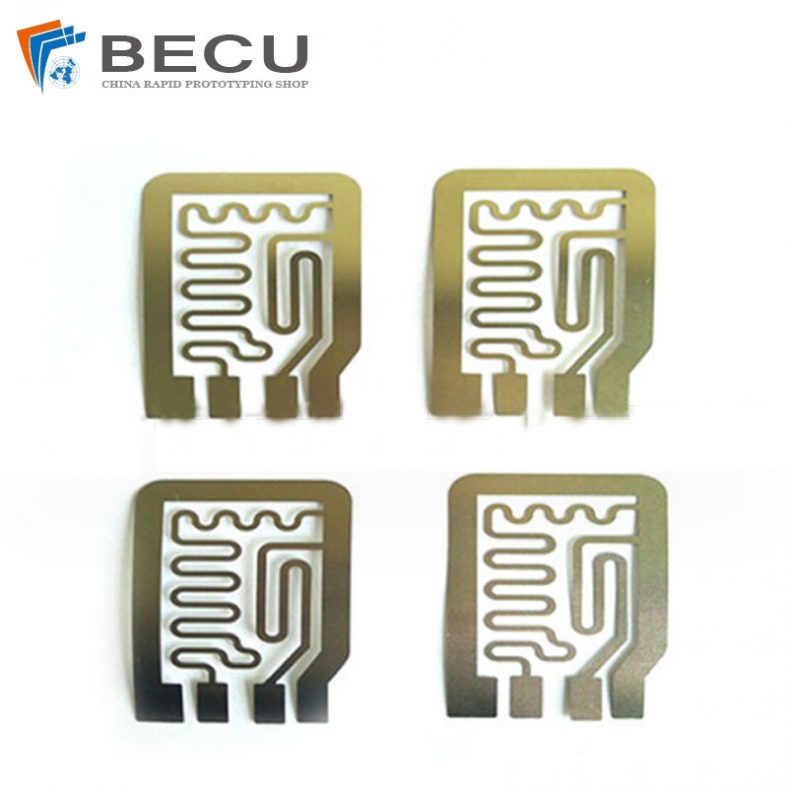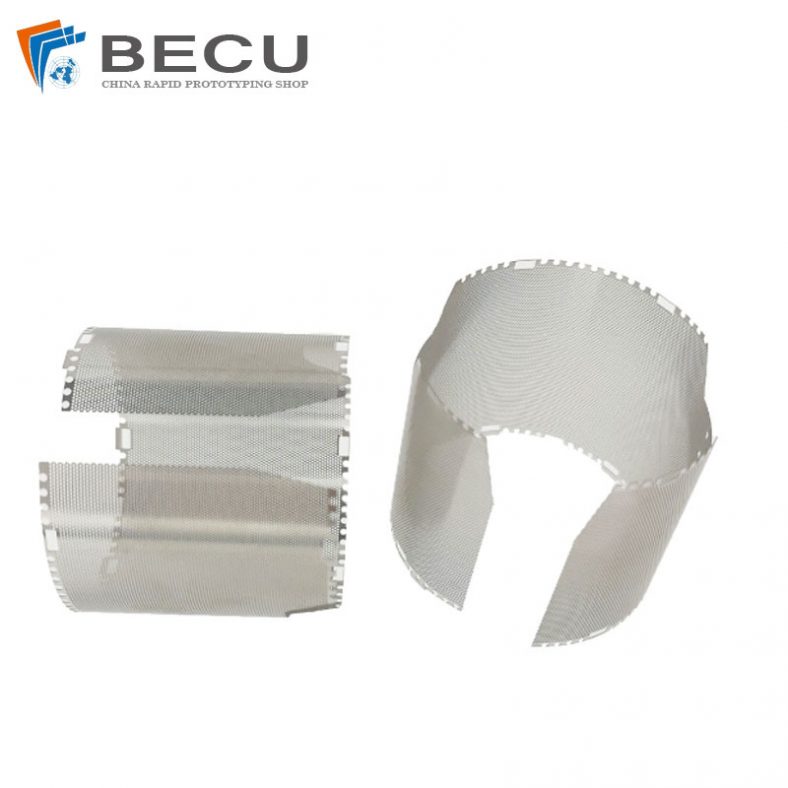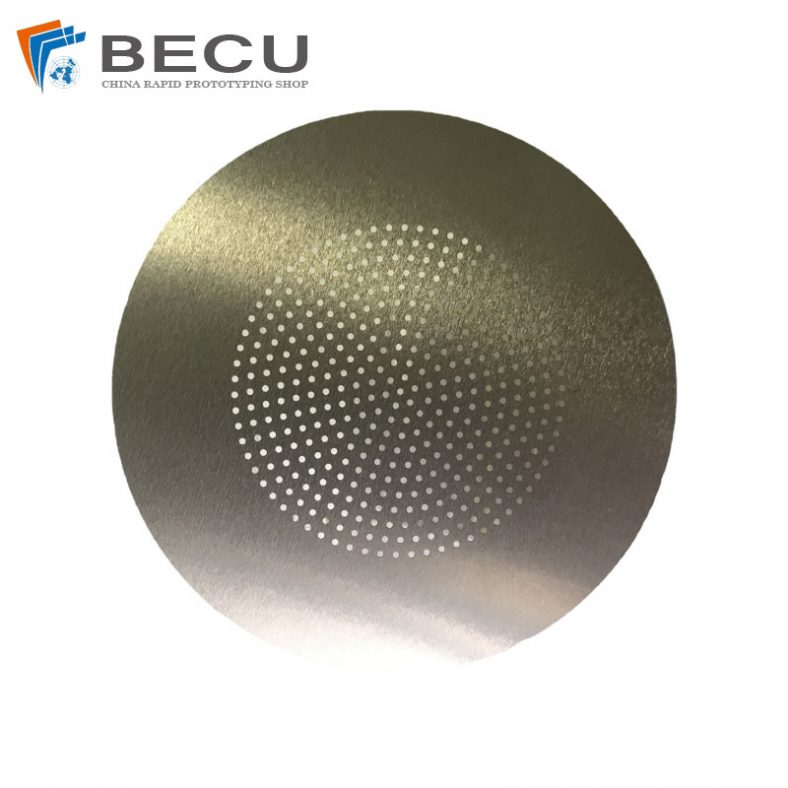In the quest for sustainable and clean energy solutions, hydrogen has emerged as a promising candidate. As the world transitions towards a low-carbon future, innovative technologies play a pivotal role in harnessing the potential of hydrogen. One such technology that often goes unnoticed but plays a crucial role is precision etching. Precision etching has quietly become a cornerstone in the development and advancement of hydrogen-related applications, offering unique contributions that drive efficiency, reliability, and overall progress in the hydrogen space.
Precision Etching Defined:
Precision etching is a sophisticated manufacturing technique that involves the controlled removal of material from a substrate using chemical, electrochemical, or mechanical processes. This precise and controlled method allows for the creation of intricate and highly detailed patterns on a variety of materials, including metals and ceramics. While precision etching has found applications in various industries, its impact on the hydrogen sector has been particularly profound.
Hydrogen Fuel Cells:
One of the primary areas where precision etching excels is in the production of components for hydrogen fuel cells. Fuel cells are electrochemical devices that convert hydrogen and oxygen into electricity, emitting only water and heat as byproducts. Precision etching plays a vital role in manufacturing the key components of fuel cells, such as the bipolar plates.
Bipolar plates are critical components in fuel cells that facilitate the flow of hydrogen and oxygen to the respective electrodes, ensuring efficient and reliable power generation. Precision etching allows for the creation of intricately designed channels and patterns on these plates, optimizing the distribution of gases and enhancing the overall performance of fuel cells. This results in increased energy efficiency and a longer lifespan for fuel cell systems, making hydrogen a more viable and competitive energy source.
Hydrogen Storage:
Another area where precision etching contributes significantly to hydrogen technology is in the development of advanced storage solutions. Hydrogen is a challenging element to store due to its low density, which requires innovative methods to enhance storage capacity and safety. Precision etching comes into play by enabling the creation of finely tuned structures on materials used for hydrogen storage vessels.
By employing precision etching techniques, manufacturers can design storage materials with increased surface area and optimized porosity, allowing for higher hydrogen absorption and desorption rates. This not only enhances the efficiency of hydrogen storage but also addresses safety concerns associated with high-pressure storage systems. As a result, precision etching emerges as a key enabler for the practical implementation of hydrogen as a clean and reliable energy carrier.
Conclusion:
In the rapidly evolving landscape of clean energy, precision etching stands out as an unsung hero, quietly revolutionizing the hydrogen space. Its ability to enhance the performance of fuel cells and optimize hydrogen storage solutions underscores its significance in advancing the viability of hydrogen as a mainstream energy source. As we continue to strive towards a sustainable future, recognizing and appreciating the role of precision etching in shaping the hydrogen sector becomes essential. Through continued innovation and collaboration, precision etching will undoubtedly remain a driving force in propelling hydrogen technology to new heights, fostering a cleaner and more sustainable energy landscape for generations to come.

